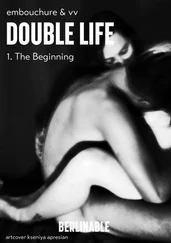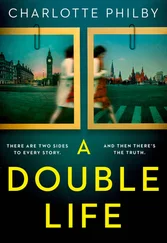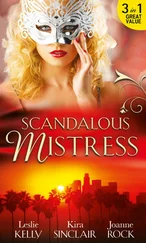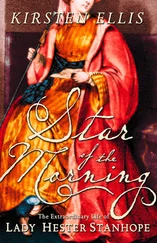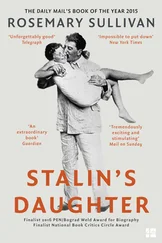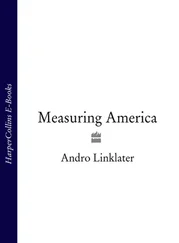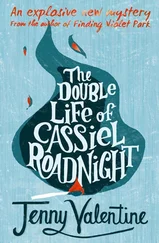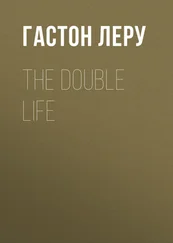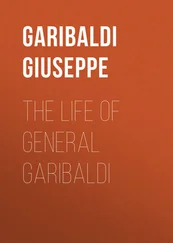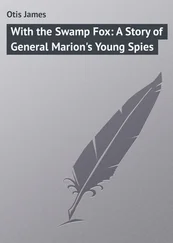In July the latest convention again failed to resolve Kentucky’s future, but it was remarkable for the speeches of Innes, Wallace, and Sebastian demanding an immediate separation from Virginia without waiting for prior approval from Congress. “The consequences of depending on a body [the Virginia legislature] whose interests were opposed to ours were depicted in the most vivid colors,” Wilkinson reported to Miró, “and the strongest motives were set forth to justify the separation.” The convention agreed that at its next meeting, it would draw up a constitution and negotiate its independence from Virginia. Seen from New Orleans, the current of opinion was clearly flowing in the right direction.
In the summer of 1788, the current accelerated when Kentucky’s petition to become part of the United States was rejected by the Continental Congress on the grounds that no additional state should be admitted before the new federal government took office in 1789. The decision played directly into the conspirators’ hands. When the next convention, due in November, voted for independence from Virginia, it would also inevitably be voting for independence from the United States. To gauge Spain’s response, Kentucky’s representative in Congress, John Brown, made contact with Gardoqui, the Spanish ambassador, and was promised that concessions would be made to Kentucky for use of the Mississippi “if she will erect herself into an inde-pendent government. [But] they can never be yielded to her by Spain as long as she remains a member of the Union.”
In New Orleans, the normally cautious Miró looked forward to Kentucky’s November convention and confessed to Antonio Valdes, the minister for the Indies and his political master in Madrid, “This affair progresses more rapidly than I had anticipated.” In his frustration Brown had told a friend, who passed the news on to Miró, that he intended “to call for a general assembly of his fellow citizens, in order to proceed immediately to declare themselves independent, and to propose to Spain the opening of a commercial intercourse with reciprocal advantages.” In the spring, Miró predicted, “I shall have to receive a delegation [from Kentucky] appointed in due form,” and asked Valdes how he should respond.
A small but significant setback occurred before the convention opened. Brown mentioned Gardoqui’s offer to George Muter, who was in favor of splitting from Virginia but not from the Union. Muter immediately leaked the letter to the Kentucké Gazette . It crystallized opposition among the “country party,” composed of large-plantation owners whose property titles, often acquired with Virginia’s paper money, might be questioned should Kentucky become a sovereign power. Undeterred, Wilkinson delivered a speech on the opening day that outlined the steps needed to achieve the goal that all Kentuckians wanted, the freedom to carry their goods down the Mississippi. “The way to obtain it,” he argued, “has been indicated in the former convention, and every gentleman present will connect it with a declaration of independence, the formation of a [Kentucky] constitution and the organization of a new State, which may safely be left to find its own way into the Union on terms advantageous to its own interests.”
According to Edward Butler, who wrote his History of Kentucky in 1834 while the convention was still within living memory, Wilkinson dominated the proceedings: “This gifted man drew all eyes upon him and was looked up to as a leader and a chief.” But opposition to the idea of independence was already growing from the country party, led by Muter and Humphrey Marshall. Looking for allies, Wilkinson turned to his fellow conspirator John Brown, expecting him to cite Gardoqui’s offer as evidence of the advantages of independence. But Brown had been worked on by Muter. At the crucial moment he lost his nerve and called instead for unanimity in whatever they decided. “He is a young man of respectable talents, but timid, without political experience, and with very little knowledge of the world,” Wilkinson reported in disappointment to New Orleans. “Nevertheless, he firmly perseveres in his adherence to our interests.”
The next day Wilkinson adopted a bold strategy. He read a long paper to delegates modeled closely on his New Orleans memorial, but crucially omitting any reference to becoming “vassals” of his Catholic Majesty. No vote was taken on its proposals for independence and a Spanish alliance, but the convention voted to thank him for his address, while it tabled Brown’s motion for joining the Union. Delegates might sympathize with Wilkinson’s aims, but for most the double leap that independence required— defiance of Virginia and rejection of the United States—was too much. The only action they could agree on was to call for an eighth convention after the new federal government was elected.
Politically the November convention was a failure, but in the slow development of Wilkinson’s double personality it became an important milestone. In February 1789, he sent Miró a long account of his performance at Danville that was almost entirely deceptive. Despite the opposition of the country party, he claimed “our cause has acquired considerable force.” Relying on the lack of good communication between Kentucky and New Orleans, he assured Miró that “in order to elicit an unequivocal proof of the opinion of that assembly, I submitted to its examination my memorial, and the joint answer of yourself and Navarro.” To confirm that he was telling the truth, he enclosed newspaper cuttings with reports of his speech, together with the convention’s expression of gratitude and its rejection of Brown’s resolution.
Sending the letter and the newspapers on to Madrid, Miró added his own balanced view of what had happened. “You will find an account of the bold act which General Wilkinson has ventured upon, in presenting his first memorial in a public convention,” he told Valdes. “In so doing, he has so completely bound himself [to us], that, should he not be able to obtain the separation of Kentucky from the United States, it has become impossible for him to live in it, unless he has suppressed, which is possible, certain passages which might injure him.”
That delicate cocktail of hope and distrust became the hallmark of Wilkinson and Miró’s relationship. Each liked, exploited, and was compelled by political and financial necessity to forgive the other. “I am aware that it may be possible that his intention is to enrich himself at our expense, by inflating us with hopes and promises which he knows to be vain,” Miró acknowledged to Valdes. “Nevertheless, I have determined to humor him.”
On his side, Wilkinson always assumed that his efforts to deceive were no more than those practiced on him by the governor and Navarro. Or as he put it in his autobiography, “It is but reasonable to presume, that they had duties and obligations to consult as well as myself; and . . . it was fair that they should play back upon me my own game, to the best advantage.” In fact, apart from taking a cut of Wilkinson’s profits, Miró handled Wilkinson with remarkable integrity, noting his failures and weaknesses, but never cheating or blackmailing him. From this uneven base grew an astonishingly firm friendship, the most enduring of Wilkinson’s oddly dependent relationships, and one that seamlessly evolved into that between spy and handler.
UNDER THE LAYERS OF DECEPTION that Wilkinson was beginning to practice with growing ease lay unavoidable truths. The first was his financial extravagance. The second was the realization that his one hope of economic rescue lay in New Orleans. The third was that others wanted to take his place in Spanish affections. All these were thrown into sharp focus by the response of the royal council in Madrid to his memorial.
Читать дальше


